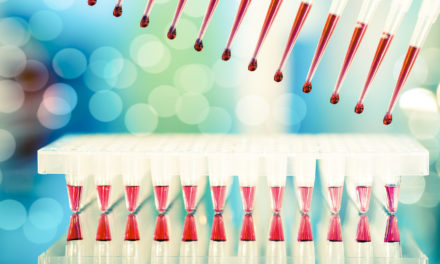Today’s pharmaceutical industry is beginning to embrace the lean manufacturing process a little more enthusiastically than in previous years. Companies need, and want, to ensure operational excellence, improve quality, eliminate waste and non-value-added activities, become more responsive to customer demand, and improve efficiency—all of which lean manufacturing techniques can deliver. With the record 1,742 drug recalls in 2009, a much higher emphasis is being placed on quality assurance. Nevertheless, it remains a largely overlooked area when pharmaceutical manufacturers attempt a lean manufacturing implementation.
Phil Emard, President of OpEx, Inc., makes the point that a full implementation of the lean manufacturing process can often bring about productivity gains of 30% and lead time reductions of 70% – the key word here being “full.” Historically, the biggest obstacles to a full implementation have been the compartmentalized nature of pharmaceutical manufacturing along with its neglect of certain areas, especially quality assurance and microbial contamination testing, when implementing lean principles. Since most drug manufacturers use outdated and inefficient testing methods, this area is in critical need of waste and process-time reductions.
Because standard testing methods require a minimum of three to seven days to yield results, during this period of product quarantine and testing resources are wasted instead of contributing to profitability. Basically, inventory stays on the floor instead of going out the door, and patient safety is possibly compromised.
Many lean manufacturing consultants agree that the way to fix this problem is through the application of rapid microbial monitoring (RMM) methods and technology. This technology can drastically reduce cycle times, thereby reducing the wastes of waiting and inventory on hold. Indeed, by using RMM technology and methods Celsis reduced testing time from three to five days to only 18 hours, greatly improving their ability to release products faster and reduce inventory. However, only 3% of manufacturing facilities had RMM systems in place in 2004, and by 2008 that number had risen to only about 10%. Clearly, many companies have work to do.
With RMM technology in place, results for microbial contamination testing are available in hours instead of days. The sooner a manufacturer can determine that a batch is contaminant free, the sooner they can release held stock, and that translates into getting the product on the market faster thus reducing waste, and increasing profits. Additional benefits of fully implementing a lean manufacturing process that includes RMM are:
- Improved recovery from contamination events
- Streamlined supply chain
- Reduced requirements for working capital
- Reduction of warehouse space
- Decreased costs for excess inventory
Over the course of a year, the hours and days saved in microbial testing of each batch with RMM systems can add up to a substantial savings in time and the freeing up of resources. The competitive edge that pharmaceutical manufacturers count on for survival now depends largely on the speed of cycle time and the efficiency of the supply chain. With lean manufacturing consultants to guide the way, here is an area where companies can begin to regain that edge.




